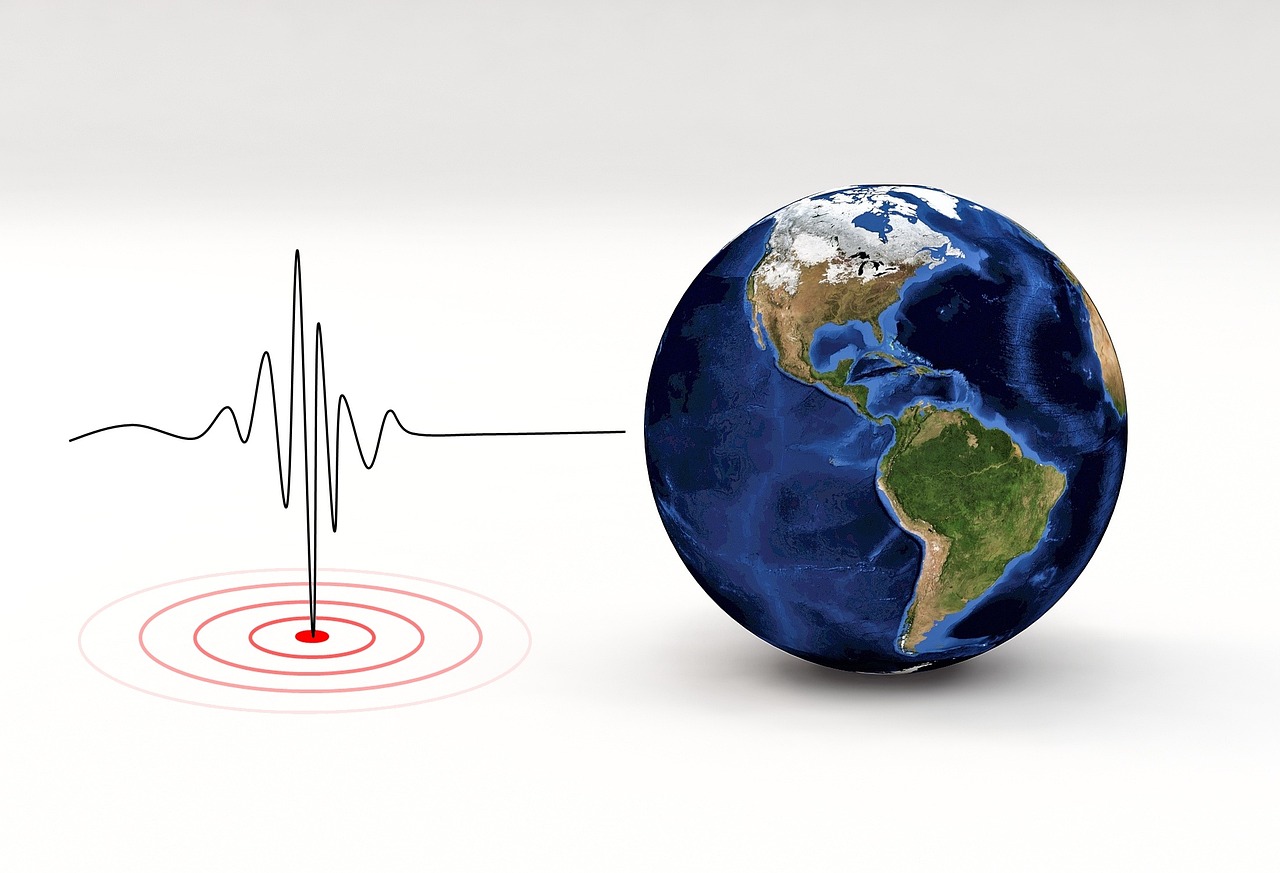Date: November 15, 2024
Time: 05:28 UTC
A powerful earthquake with a magnitude of 6.6 struck the New Ireland region of Papua New Guinea on November 15, 2024, at 05:28 UTC. The earthquake was registered by the United States Geological Survey (USGS), which reported the earthquake at a depth of 52 km (32 miles). The European-Mediterranean Seismological Centre (EMSC) confirmed the same magnitude and depth, marking the event as significant in terms of seismic activity.
Details of the Earthquake:
- Magnitude: 6.6
- Location: New Ireland, Papua New Guinea
- Depth: 52 km (32 miles)
- Time of Occurrence: 05:28 UTC on November 15, 2024
Geological Context:
Papua New Guinea sits along the Pacific Ring of Fire, a highly seismically active region prone to earthquakes and volcanic eruptions due to tectonic plate movements. The region is particularly vulnerable to large and frequent seismic events due to the complex interaction between the Australian, Pacific, and Indo-Australian tectonic plates.
The New Ireland region, located in the northeastern part of the island, is known for its geological activity, with frequent earthquakes occurring along the subduction zones and fault lines that define this tectonically active region.
Tsunami Risk and Immediate Response:
The earthquake’s depth and magnitude, while significant, do not appear to have triggered a large tsunami threat. However, local authorities and monitoring agencies will likely continue to assess any potential secondary effects, including aftershocks and local flooding due to seismic activity.
In response to the event, local emergency services in Papua New Guinea are likely to be on high alert, monitoring the situation and coordinating with international disaster response agencies as necessary. The earthquake’s impact on infrastructure, settlements, and any potential casualties is still being assessed.
Past Seismic Activity in Papua New Guinea:
Papua New Guinea experiences frequent seismic activity, with regular large earthquakes. In recent years, the region has been hit by several significant events, including a magnitude 7.5 earthquake in 2018 that caused widespread damage and loss of life. The country is no stranger to devastating natural disasters, and its population remains at high risk due to the country’s geographical and tectonic conditions.
Ongoing Monitoring and Impact Assessment:
As of now, there are no reports of major damage or casualties, but monitoring agencies will continue to assess the situation. The USGS and EMSC are closely tracking aftershocks, which are common after major quakes, and local authorities will be providing updates as more information becomes available.
Conclusion:
The magnitude 6.6 earthquake that struck New Ireland, Papua New Guinea, early on November 15, 2024, serves as a reminder of the region’s vulnerability to seismic activity. While the immediate threat of a large tsunami appears to be minimal, ongoing monitoring will be crucial in the aftermath as authorities assess damage, potential aftershocks, and any further risks to the population.
References:



